 Categories
Categories 
When it comes to beautiful blue gemstones, sapphire blue tops the list, these gems are often confused with similar colored stones. Tanzanite is one of them. Though there are many differences between them, they are often mistaken as the same. You might find some gemstone sellers selling tanzanite as blue sapphire. Thus, one must consider the basic difference between the two to get genuine value.
It is a recent discovery. Found in the 1960’s in Tanzania this gemstone comes from the zoisite mineral family. Tanzanite stone is a valuable stone that features a blue-violet color. It is a rare gemstone found only in one place. High-carat blue zoisite are rarer than diamonds.
Learn More: An Overview History of Tanzanite Gemstone
The oldest gemstone known as sapphires belongs to the corundum mineral family. It comes in a palette of colors, blue being the most common. Blue sapphire aka Neelam stone in Hindi is of significant astrological importance. Best known for their beauty and durability, sapphires make good options in jewelry.
Both gemstones are valuable. The key differences that make them poles apart are as follows:
Visually, it’s difficult to distinguish between the two just by their color alone. They look similar in the first appearance. Color is the major point of difference where you get confused, particularly when evaluating tanzanite vs blue sapphire.
The former features color range from intense blue to violet tones. Red flashes are common in this zoisite which is not seen in blue sapphire stone. Neelam color on the contrary ranges from pale blue to deep indigo blue. The best blue sapphire color is velvety blue with a violet tint found only in Kashmir sapphires.
Also Read: How to Identify a Kashmir Blue Sapphire
When comparing Tanzanite vs amethyst stone, the former has blue as the main color whereas the latter has purple as the primary hue.
Sapphire hardness is 9 on the Mohs scale which is comparatively higher than zoisite (ranks 6.5-7). From the point of durability, sapphire is the winner. Both these gemstones are ideal for rings.
However, the Neelam stone ring is an excellent choice for everyday accessories. With consumers finding more diamond alternatives for an engagement ring, the tanzanite ring is a great choice. But you need to be very cautious while wearing them. Make sure they are well crafted in strong settings.
Tanzanite and sapphire differences also lie in their rarity. The former is rare because of the limited availability. However Kashmir blue sapphire is highly rarer. The mines are non operational. Thus, high-carat weight sapphires from this region are difficult to find making them rarer even than diamonds.
Read Here: Incredible Benefits of Kashmir Blue Sapphire
Tanzanite is often considered as an upratna for blue sapphire in Vedic astrology. Like Neelam, it is also considered the stone for Shani or Saturn. The difference lies in the effectiveness where blue sapphire shows instant effects for Shani in astrology whereas tanzanite takes a week to give results.
Both tanzanite and blue sapphire are linked to the throat chakra. While tanzanite aids in spiritual growth and self-discovery, sapphire relates to mental clarity, focus, and determination. Also Read: Amazing Tanzanite Stone Benefits & Healing Properties
Both tanzanite and sapphire are better when it comes to beauty and benefits. However, if you are thinking of long-term investment, Kashmir blue sapphire is better. This sapphire price ranges from INR 64,000 to INR 5 lakhs per carat and more. Tanzanite price is much less than this accounting for INR 8250 per carat and more depending on the carat size.
Also Read: How Does the Quality of Blue Sapphire Affect its Price
From the point of durability, sapphire is the winner. On the other hand, Tanzanite needs more care as it isn't that tough and has the 'gemstone cleavage.' This means that a hard strike will result in breakage.
If you consider affordability, Tanzanite will not drain your pocket the way blue sapphire can.
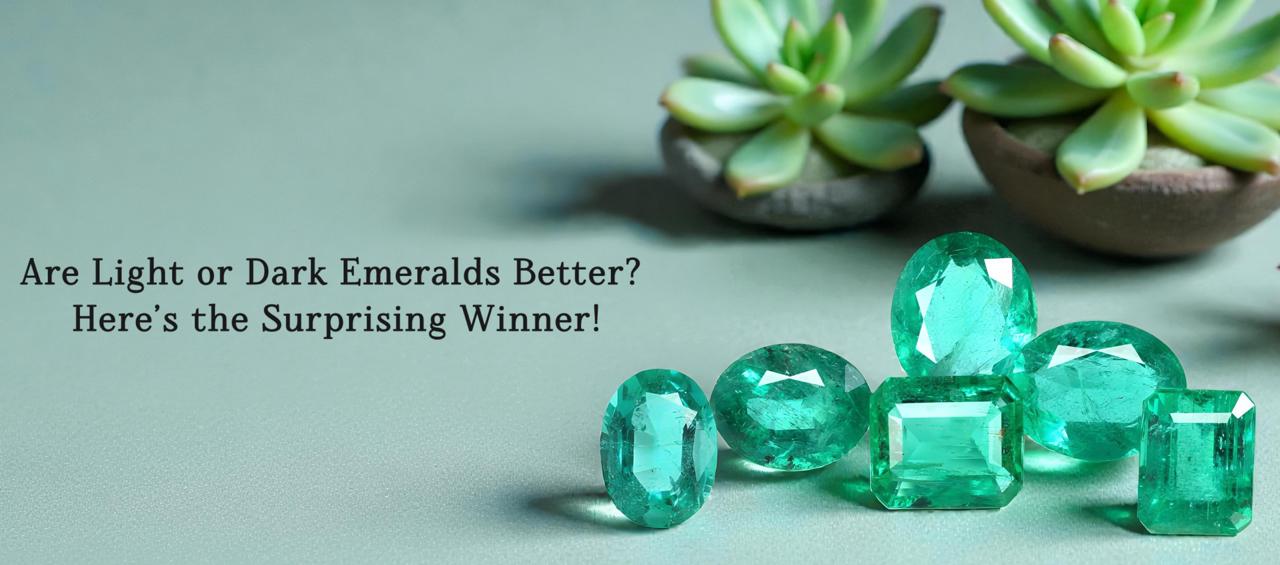
Are Light or Dark Emeralds Better? Here’s the Surprising Winner
December 24th, 2025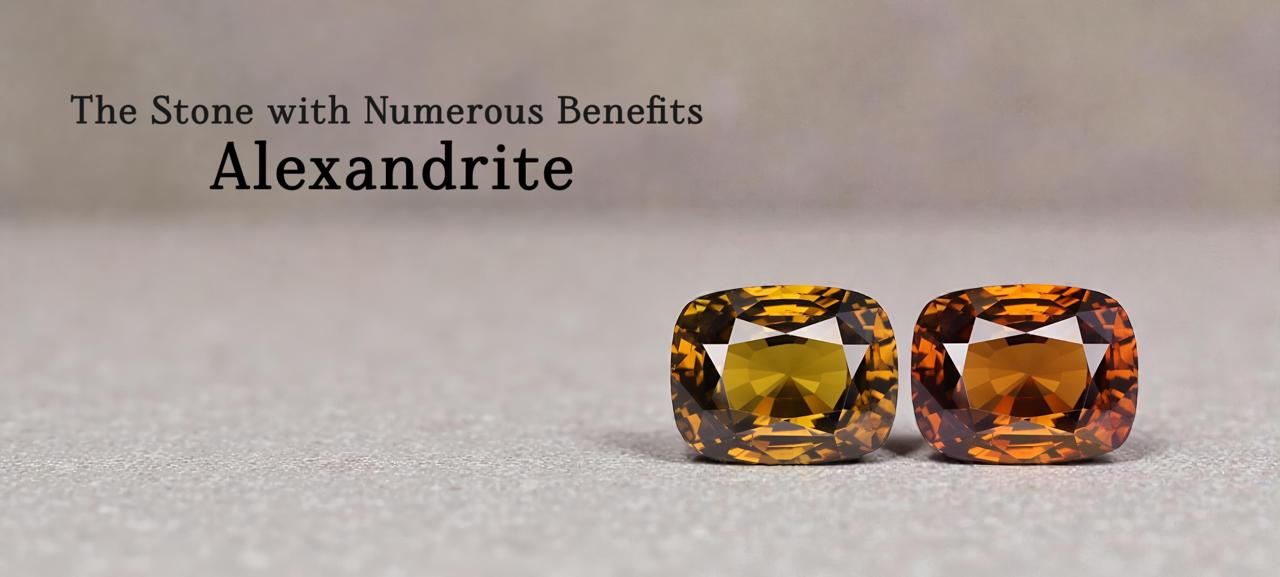
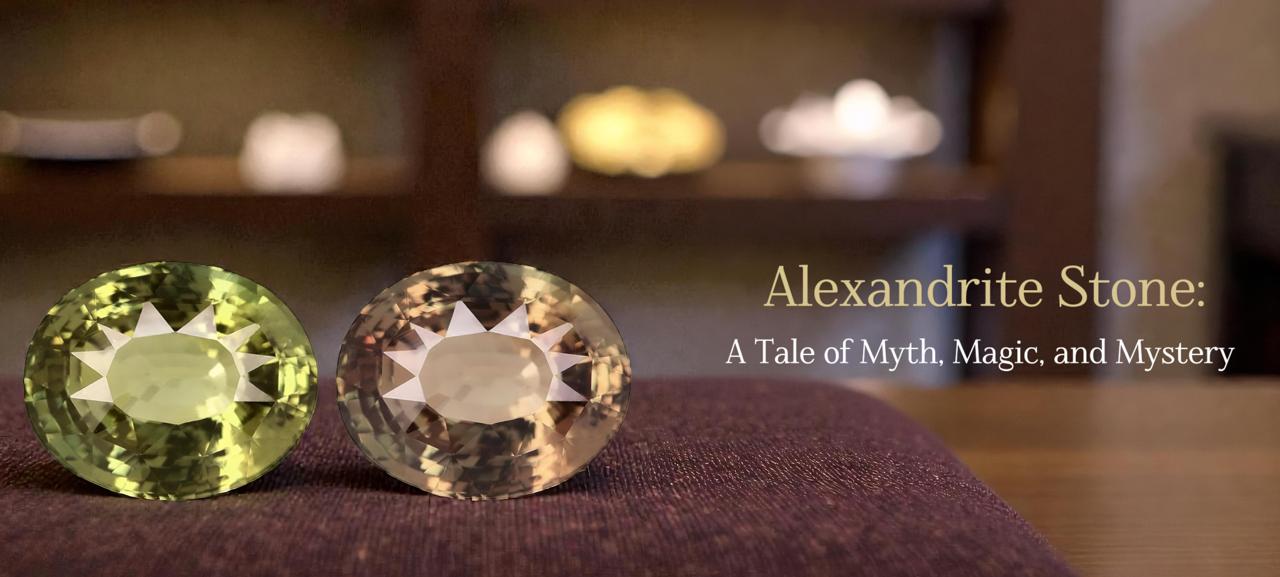
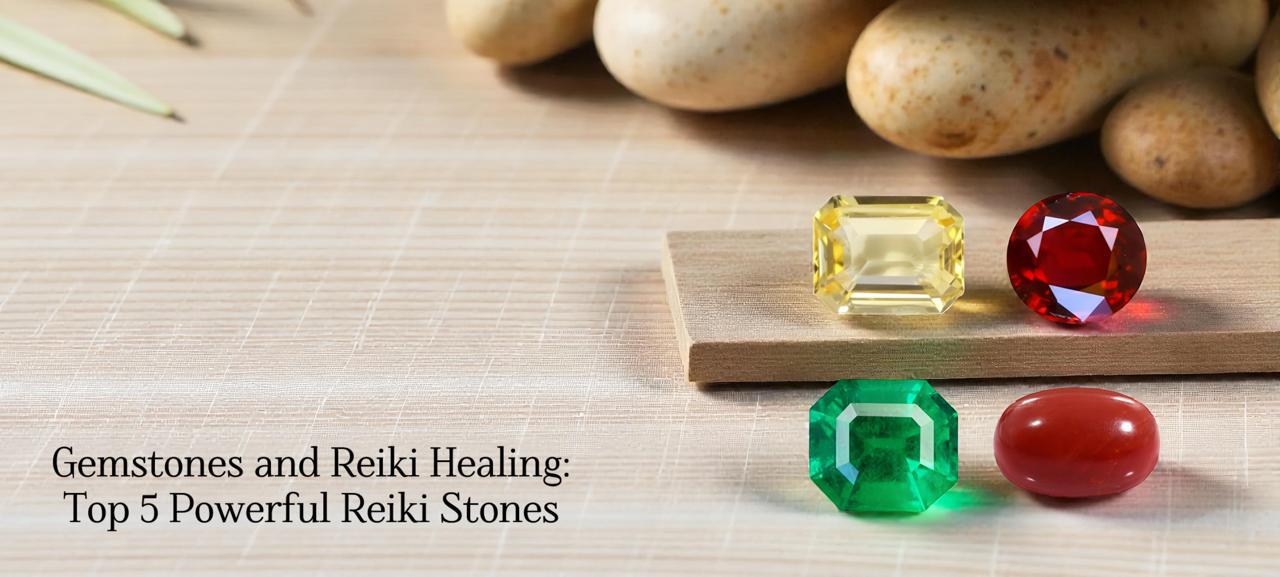
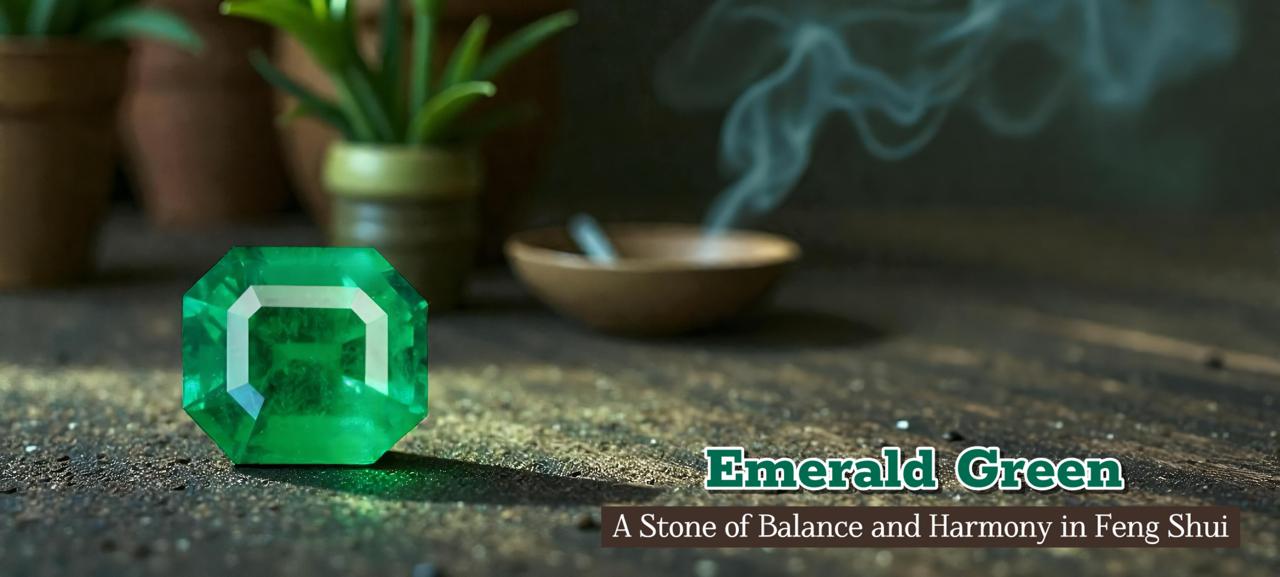
Emerald Green: A Powerful Feng Shui Stone for Balance and Harmony
December 15th, 2025